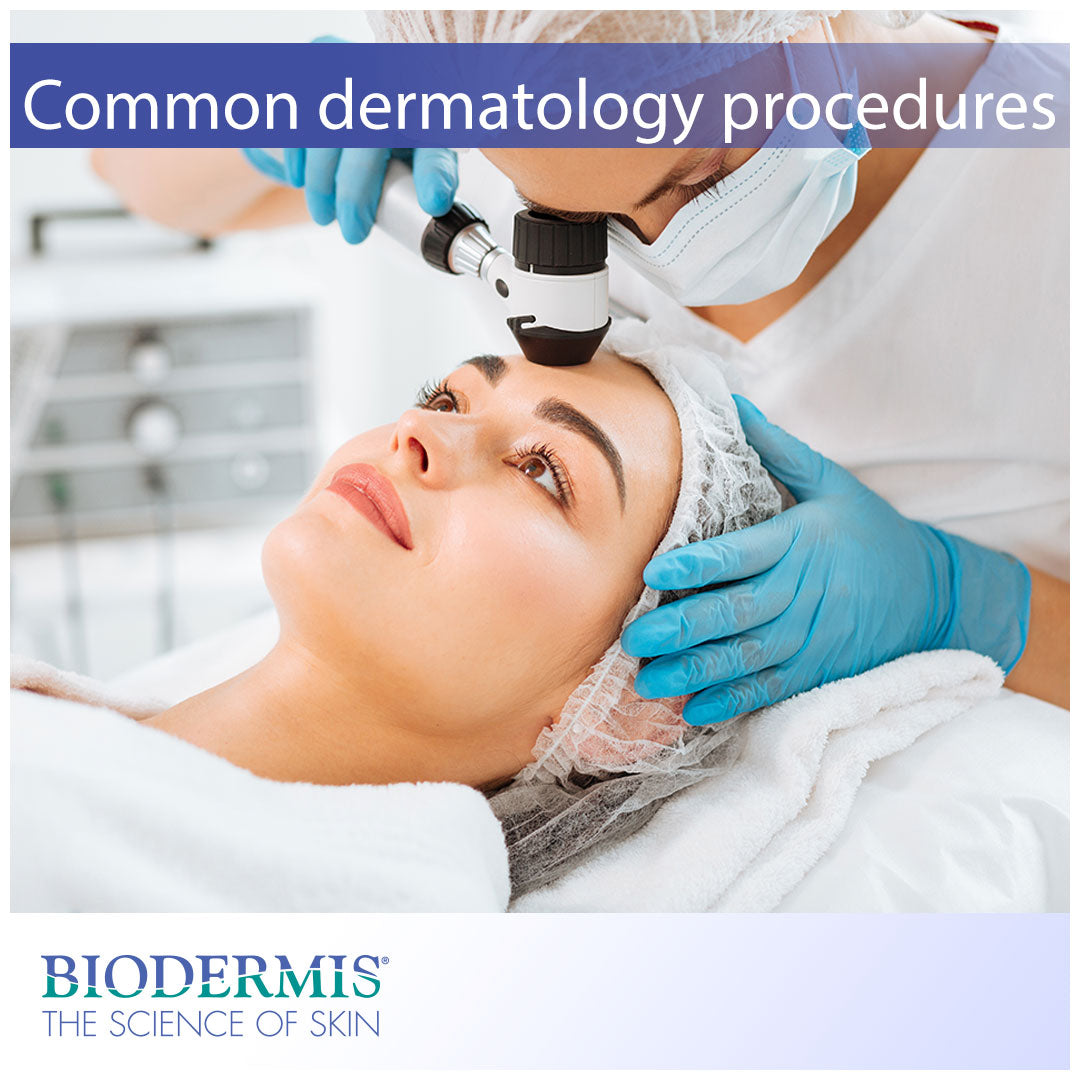A dermatologist is a physician specialist that most people will visit at some point in their lives. Some people start going to the dermatologist early on if life. Adolescents, for instance, may need dermatology appointments for severe acne conditions, for which they will need prescription medications to treat. Later in life, adults will commonly visit the dermatologist for skin biopsies that are used to test for skin cancer. Other people visit the dermatologist for purely cosmetic reasons, such as skin lightening procedures, Botox, or laser hair removal. In this article, we will explore some of the most common reasons people go to see a dermatologist.
Skin biopsy
A skin biopsy is an invasive procedure that involves a small portion of skin tissue that is removed and sent to a pathologist to be overserved under a microscope. This is commonly performed to check if the skin tissue is cancerous. The procedure is done under local anesthesia and results are usually available after a few days. There are four classifications of skin biopsies. They are as follows: shave biopsy, punch biopsy, excisional biopsy, and incisional biopsy. Scars that result from a skin biopsy can be treated with medical-grade silicone gel.
Shave removal
A shave removal is similar to a shave biopsy; however, it is done for purely cosmetic purposes. A person who wants a non-cancerous growth removed from the skin may opt for a shave removal. The removal of the tissue is done in a way so that the wound heals flat with minimal scarring. Typically, no stitches are required, and the wound often heals without complication in 1 to 3 weeks.
Cryosurgery
Cryosurgery is a non-invasive procedure that involves using liquid nitrogen to freeze a localized area of skin tissue. This has the effect of destroying the skin cells inside of a skin growth or lesion. The procedure is performed in only a few minutes and causes little to no pain. After the skin tissue is frozen, it forms a scab that falls off naturally after 1 to 3 weeks.
Mohs surgery
A Mohs surgery is a more localized and precise method for removing cancerous tissue while preserving as much healthy tissue as possible. A dermatologist can perform this surgery if he has extended training in this area. A Mohs surgery involves removing the layers of cancerous tissue until the cancer is completely removed. Each layer will be viewed under a microscope until the layers no longer contain cancerous cells. Mohs surgery is a recommended treatment for skin cancers such as basal cell carcinoma and squamous cell carcinoma.
Photodynamic therapy
Photodynamic therapy involves the application of a chemical (aminolevulinic acid or methyl aminolevulinate) to cancerous skin tissue. Following this, the skin cancer will be exposed to a source of light that photoactivates the chemical and destroys the cancerous skin cells. Depending on which chemical agent your dermatologist uses, a different light source may be involved in the procedure. Little to no pain is involved in photodynamic therapy. Protection of the wound from the sun is warranted following this procedure.
Biodermis is an innovative market leader with 30 years of expertise in the medical silicone industry. Visit Biodermis.com today to explore a complete range of scar management and post-operative care solutions.
Biodermis offers custom tailored referral programs designed to simplify and reduce the cost of your patients' post-op care. Additionally, we offer professional pricing if you opt to retail our products. Give us a call at 800.322.3729, and we will be happy to provide additional details on these programs.



